by Michael Haskew
The fearsome Vikings who pillaged and colonized throughout Western Europe and much of the known world from the Eighth to the 11th centuries were armed with weaponry that served them well in combat. Swords, battleaxes, and spears were primary Viking weapons, and these were used for different purposes.
[text_ad]
The first weapon a Viking used in combat was probably his spear, the standoff weapon of the day. The basic Viking spear consisted of a wooden shaft three to seven feet long and fashioned from ash timber and an iron or steel tip that was either smooth or barbed. Vikings hurled the spear at a distant enemy or used it for stabbing and thrusting in closer encounters. A powerful and experienced Viking warrior might carry two spears, thrusting with one while throwing the other. Tales have emerged of Viking warriors catching enemy spears in midair and hurling them back toward the foe.
Did the Vikings Use Swords?
Perhaps the most intimidating Viking weapon was the battleaxe, a heavy implement consisting of a wooden handle extending three to six feet and a forged metal head with a long convex edge and a socket that was affixed over the tip of the handle. The battleaxe was developed from the light axes used in Viking settlements for camp chores such as chopping and splitting wood. Examples of both single- and double-edged battleaxe heads have been discovered.
The Viking sword was a weapon of both practical importance and almost mystical significance. In battle, it was well suited for the slashing and thrusting of close combat. The typical sword was approximately two to three feet long with a double edged blade and fullers, or blood grooves, pressed into the forged steel. The grooves actually served a dual purpose that was not related to the channeling of a victim’s blood. They actually lightened the weight of the sword and gave the blade greater flexibility. Viking swords were sometimes embellished with decorative pommels that demonstrated the artistry and craftsmanship of the metalworkers of the age. They also included guards that offered some protection for the user’s hand against counter blows or inadvertently slipping his own hand forward onto the cutting edge.
Swords were expensive to produce and generally reserved for the nobility or those who were of high rank. Therefore, they were not often carried by the common Viking warrior. Swords were sometimes given names, and their ownership was passed through generations from fathers to sons. Such events, particularly if the sword had been in battle, were significant in Viking society and attended with great ceremony.
Armor in the Viking Age
Vikings protected themselves in battle with armor of light chain mail or hardened leather. Contrary to popular belief, their helmets were not topped with horns, although they did offer limited protection for the crown of the head and the face. Shields were small and round, quite functional in single combat.
One of the great strengths of Viking weapons was the superb quality of the steel the civilization’s metalsmiths produced. Iron ore and carbon were smelted together to remove impurities, and layers were forged and then welded or twisted to fabricate a layered steel sometimes referred to as Damascus, possibly alluding to a process that may have had its origins in the Middle East.
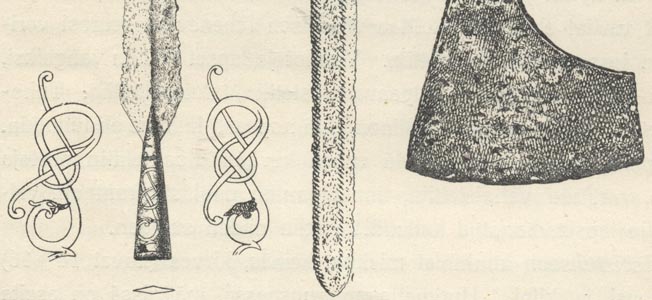

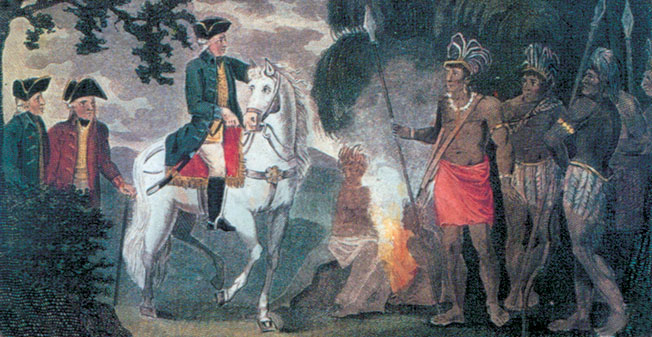
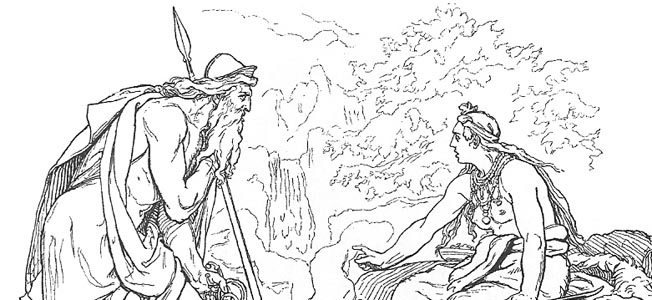
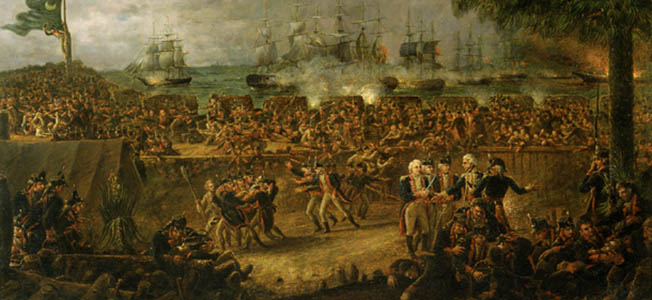
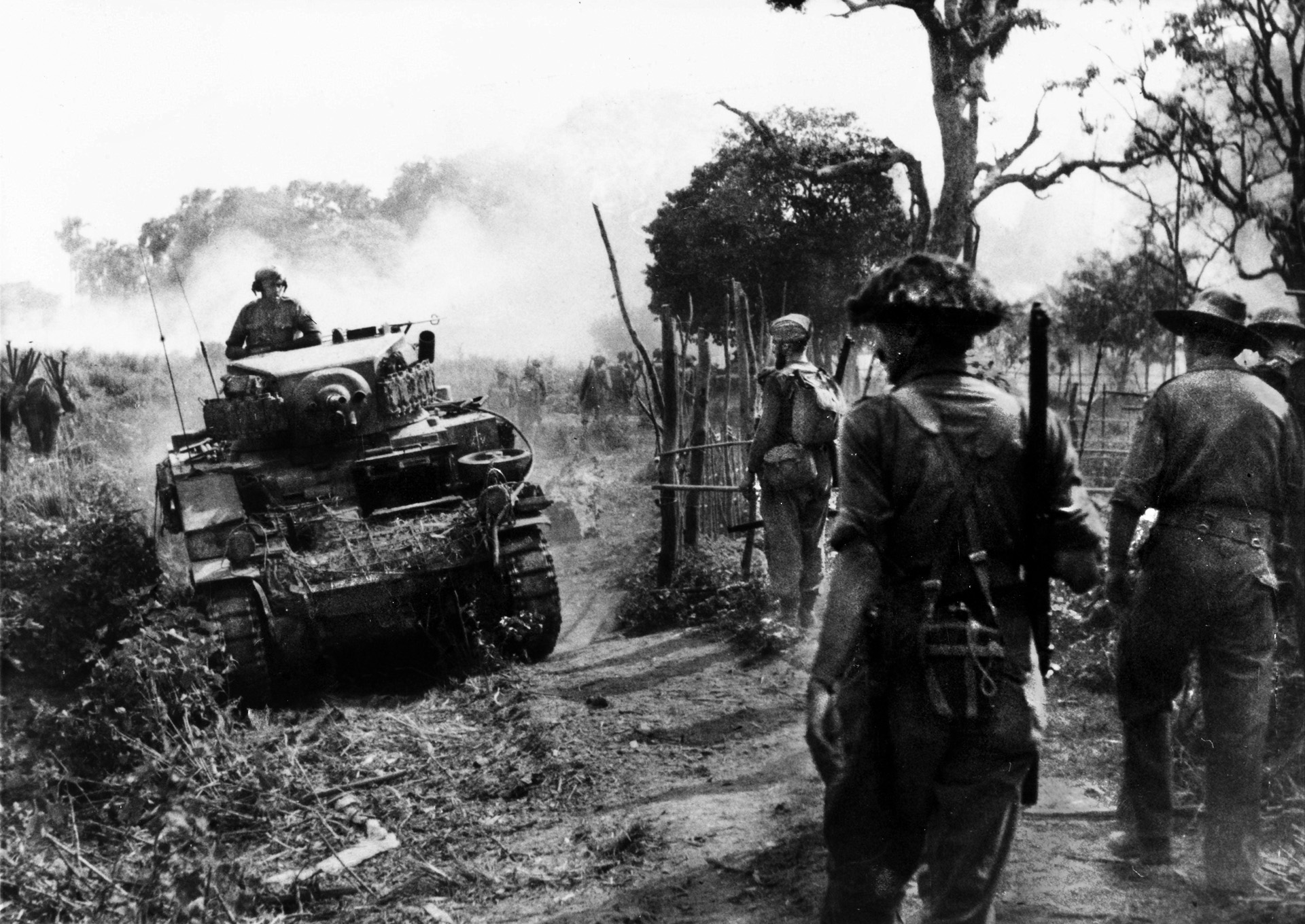
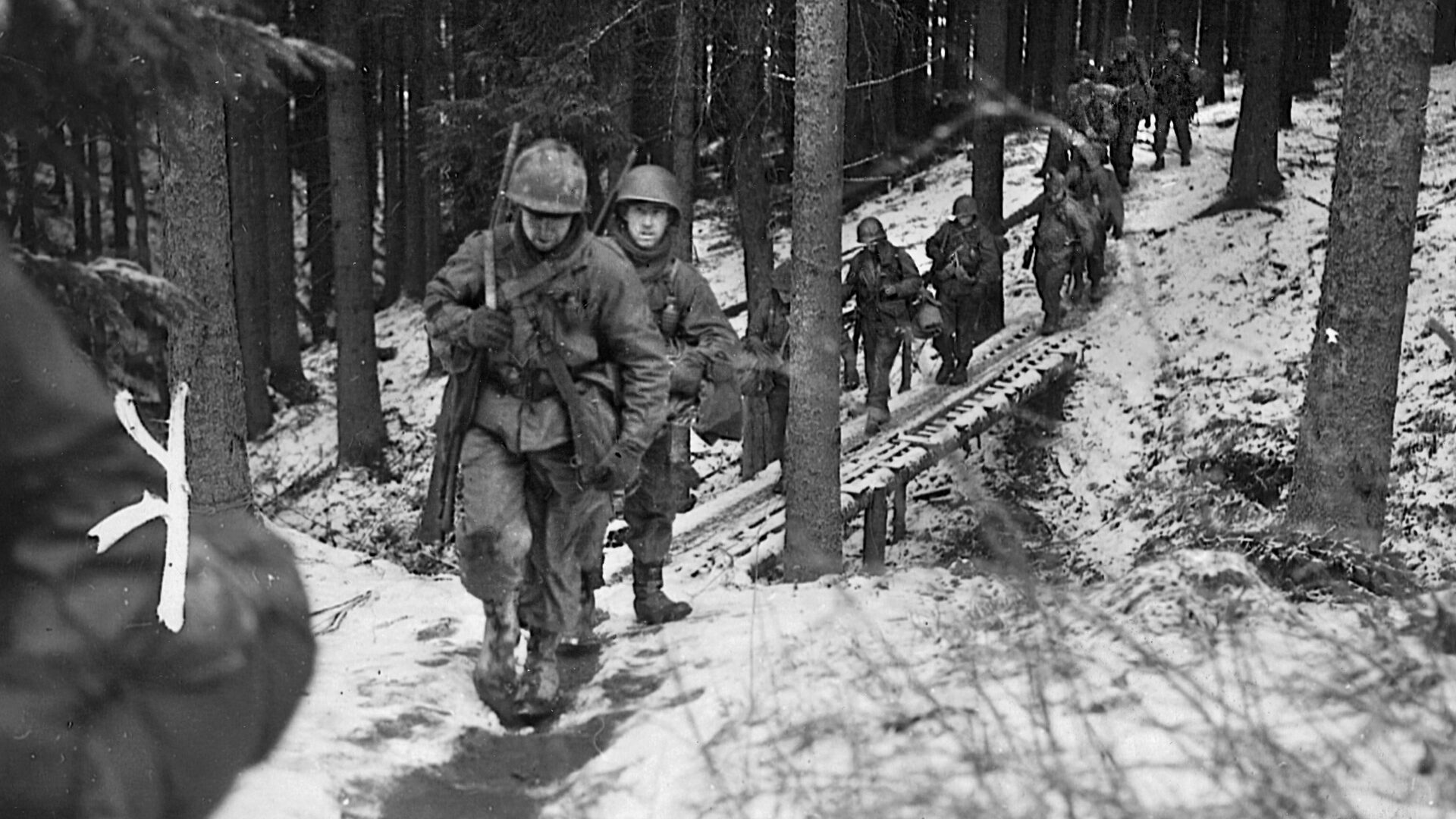
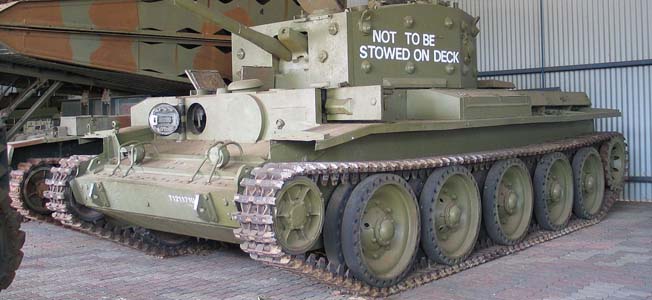
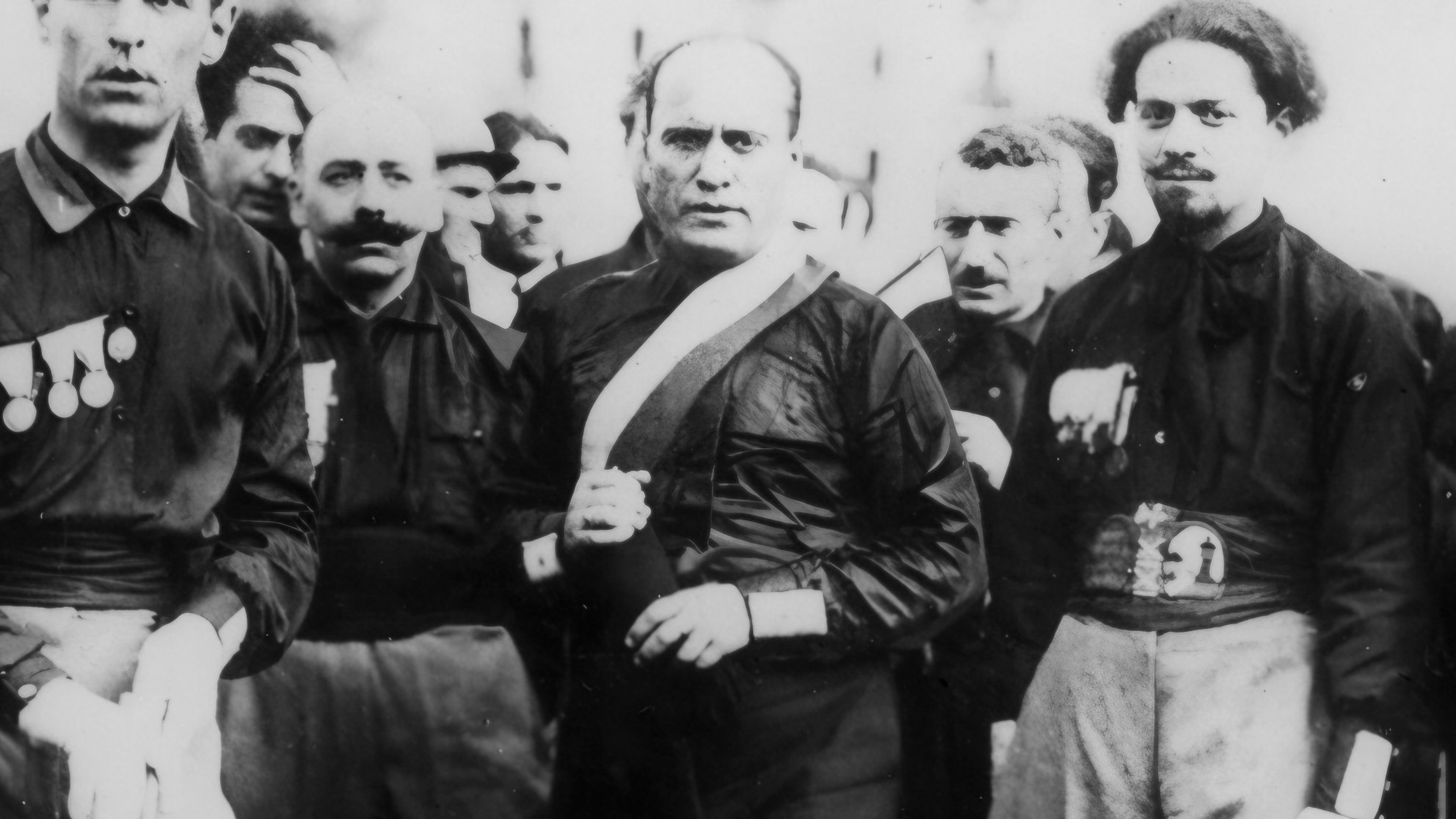
Join The Conversation
Comments
View All Comments